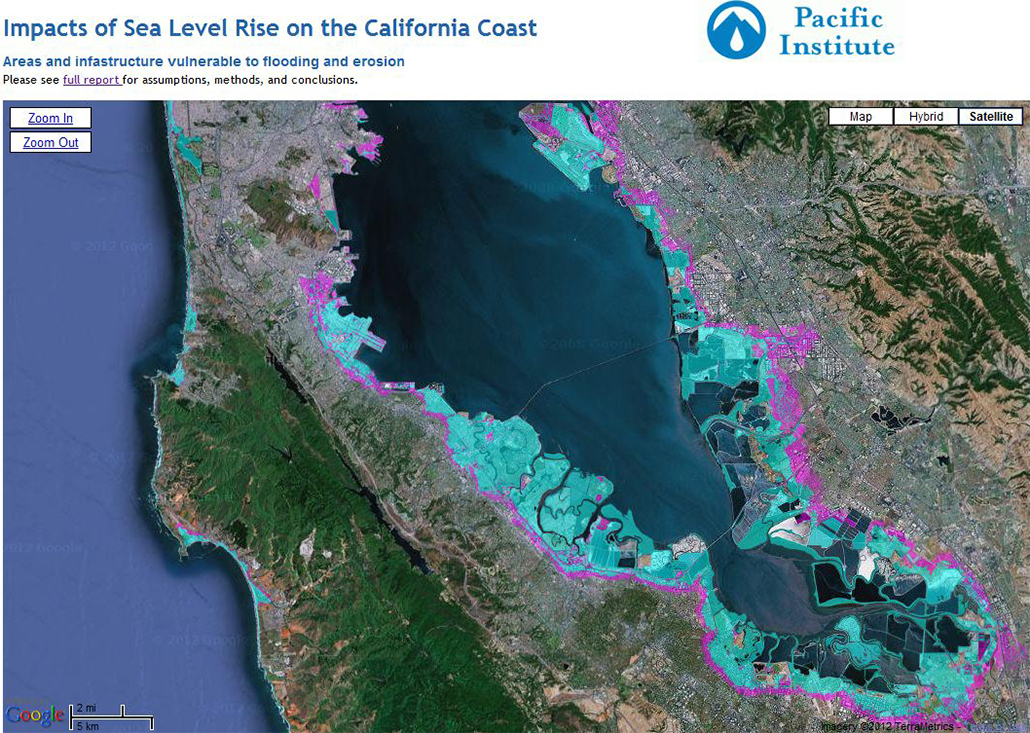Economic Assessment of a SuperGrid for California
Place: California • Date: 2008 • Partner: Next10 Foundation
Project Summary
Significant parts of California’s energy infrastructure are older than the IBM PC and blind to the information revolution. What the state needs today is an Integrated Energy Infrastructure (IEI) that illuminates people as well as light bulbs. Today’s energy use supports not just machines, but a web of knowledge and media content with critical requirements for detailed resolution and continuity. Some enclave sectors, like information and communication technologies (ICT or IT) enterprises, media networks, universities, hospitals, and financial institutions have developed standalone infrastructure to meet these needs. The state will never fulfill its innovation potential until these resources are integrated and more accessible to all enterprises and households.
One of the most important commitments needed in this context is to develop a state- wide “SuperGrid”, a flagship infrastructure project that integrates electric power and information technology for knowledge-intensive economic development. Like a TVA for the Digital Age, this mega-project would provide strong early employment stimulus, new markets for innovators, and sustained long-term productivity benefits.
In a time when the need for energy innovation is so acute, the federal government also happens to be looking for the next big thing in public works commitments (after TVA, interstates, internet). IEI is it. With its private technology leadership and forward-looking utility sector, California can define global standards for public/private partnership in energy infrastructure. Both state and federal governments are intensively debating incentives related to innovation, diffusion and adoption of new energy technologies, but the history of wind tax credits and other targeted incentives is ambiguous. Infrastructure provides the basis for all innovators, while markets are relatively adept at rewarding innovations that excel.
For rapid deployment of large-scale public spending and job creation, building the SuperGrid is a more attractive option, with a prototype in California for what would ultimately be a national system. This is better than picking winners in the underlying technologies. In the same spirit, governments build highways while companies design/build/market cars, governments build dams while developers lay out subdivisions and governments manage RF spectrum (e.g. telecom and internet infrastructure) while companies vie for the best software designs and media content.
The benefits of a megaproject approach to the grid are many. Firstly, in recessionary times there will be an early harvest of employment-intensive infrastructure development. Second, a big push will reduce transaction costs for capturing the strong complementarities that exist across an energy triangle of utilities-technologists- endusers, accelerating technology innovation, diffusion, and adoption. Finally, as California’s modern history has demonstrated conclusively, superior economic growth, both in terms of rising incomes and quality of life, is intimately linked to knowledge- intensity. Just as California’s UC, CSU, and Community College systems were among the most successful experiments in the history of public education, so diffusion of information technology could support the state’s next great learning revolution and its many productivity dividends.
This report provides an overview of system options available for a complete, end to end redevelopment of California’s electric power grid, along with a forward looking economic assessment of the expected benefits. In particular, we examine in the next section the overall technical aspects of Smart Grid design and propose five generic grid schema that should be considered for statewide deployment. These technology options are then synthesized with an economic projection framework to assess the many direct and indirect contributions that a new grid will make to California’s short, medium, and long term economic growth. Three generic economic impact components are assessed in following sections:
- Grid development(1-5years)–This component covers the construction phase of the project which implicates planning, construction and related infrastructure industries.
- Grid participation (medium and long run) – This component assesses the direct benefits of grid participation for established users (efficiency gains) and new participants, including emerging actors in the energy and technology sectors
- Productivity growth (long run) – Modern energy infrastructure will support new technologies for efficiency, information, communication, and transport that will enhance productivity across the California economy and its relationship to the national and global economies. This component will estimate these benefits, arguably the largest and most important to sustaining the state’s overall employment and income growth
Generally speaking, our results suggest that California has a strong economic interest in a bold commitment to the distribution component of its sustainable energy future. This commitment will require very significant financial and institutional resources, with the latter particularly focused on legacy patterns of administration, regulation and property rights. Our economic assessment makes clear, however, that the economic benefits would be large enough to justify bond finance for the larger initial public commitments needed, while the vast scope of benefits suggest that the long term interests of the general population must prevail over narrower short term interests. In both contexts, public agency and advocacy will be needed to secure the state’s progress to a higher long term growth and sustained prosperity.
Most Recent Entries

California and China: Leadership for a Low Carbon Future

Roadmap on the Prospects for GMS National Scaling and GMS Regional Coordination of Agrifood Traceability Schemes









